Virtual Reality and Alternate Realities: An Exploration
Virtual Reality and Alternate Realities: An Exploration
Abstract
This comprehensive article delves into the realm of virtual reality (VR) and alternate realities, examining their origins, technological advancements, applications, and potential impact on various sectors. With a focus on the present and future possibilities, this article aims to provide readers with a detailed understanding of these immersive technologies and their transformative potential.
1. Introduction
a. Definition and Conceptual Framework
Virtual Reality (VR) refers to a computer-generated simulation of an environment that can be interacted with and experienced by an individual through sensory stimuli, primarily sight and sound. It typically involves the use of a headset or other devices that immerse the user in a digitally created three-dimensional world. VR aims to create a convincing and immersive experience that simulates real-world or imaginary scenarios.
Conceptual Framework
Virtual reality operates on the principle of creating a perceptual illusion of presence, transporting users to virtual environments that feel real and enable interactive experiences. The key components of the conceptual framework of virtual reality are:
1. Immersion
VR technology aims to create a sense of immersion, where users feel fully engrossed in the virtual environment, disconnected from the physical world. This is achieved through visual, auditory, and sometimes tactile stimuli that mimic real-world experiences.
2. Presence
Presence refers to the subjective feeling of "being there" in the virtual environment. It involves the user's perception of the virtual world as realistic and their ability to interact with and influence it. The level of presence can vary based on the quality of the VR system and the user's engagement.
3. Interaction
VR systems offer various means of interaction to users, allowing them to manipulate and navigate within the virtual environment. This includes hand controllers, motion tracking, gesture recognition, voice commands, and even full-body tracking. The interaction methods are designed to enhance the sense of agency and engagement.
4. Sensory Stimuli
VR primarily relies on visual and auditory stimuli to create a sense of presence. High-resolution displays and surround sound systems provide realistic visuals and audio, enhancing the immersion. Additionally, advancements in haptic feedback technology enable the incorporation of touch and physical sensations, further enriching the virtual experience.
5. Virtual Environments
Virtual environments are computer-generated and can be designed to replicate real-world settings or entirely fictional worlds. These environments can range from realistic simulations of places to abstract and imaginative spaces. The creation of virtual environments involves 3D modeling, animation, physics simulations, and other techniques to make them visually compelling and interactive.
6. Real-Time Rendering
Real-time rendering is a crucial aspect of VR, as it ensures that the virtual environment responds to the user's actions and movements in real-time. High-performance graphics processing units (GPUs) and rendering algorithms enable the generation of smooth, responsive, and visually appealing experiences.
The conceptual framework of virtual reality encompasses these fundamental elements, which collectively create an immersive and interactive digital realm that can be explored and experienced by users. By understanding this framework, we can delve deeper into the applications, advancements, and implications of virtual reality and alternate realities.
b. Brief History and Evolution
The brief history and evolution of what specific subject or topic would you like to know about? Please provide more context or specify the area you are interested in, such as technology, art, science, or any other field.
2. Foundations of Virtual Reality
a. Technical Components
When discussing technical components, we can broadly refer to the fundamental elements or building blocks that make up various systems, devices, or processes. The specific components vary depending on the context, but here are some commonly encountered technical components in different fields:
I. Electronics Components: In the field of electronics, the key components include resistors, capacitors, inductors, diodes, transistors, integrated circuits (ICs), and microcontrollers. These components are used to build circuits and systems for various applications such as power supply, signal processing, communication, and control.
II. Computer Hardware Components: Computer systems consist of several hardware components, including the central processing unit (CPU), memory modules (RAM), storage devices (hard drives, solid-state drives), input/output devices (keyboard, mouse, monitor), and expansion cards (graphics cards, network interface cards).
III. Network Components: Network components are used to establish and maintain communication between devices in computer networks. These include routers, switches, hubs, network cables (Ethernet, fiber optic), wireless access points, and network interface cards.
IV. Mechanical Components: Mechanical systems involve components such as gears, motors, actuators, belts, pulleys, screws, bearings, and springs. These components are used in machines, vehicles, robotics, and other mechanical systems.
V. Software Components: In software development, components refer to modular units of software that perform specific functions. This can include libraries, frameworks, modules, APIs (Application Programming Interfaces), and software development kits (SDKs) that help build applications or systems.
VI. Renewable Energy Components: In renewable energy systems, components like solar panels, wind turbines, batteries, inverters, and controllers are used to harness and convert renewable energy sources into usable electricity.
VII. Automotive Components: Automobiles consist of numerous technical components, such as engines, transmissions, brakes, suspension systems, steering systems, electrical systems, sensors, and various electronic control units (ECUs).
VIII. Industrial Components: Industrial systems often utilize components like motors, pumps, valves, sensors, actuators, controllers, and PLCs (Programmable Logic Controllers) for automation, process control, and monitoring in manufacturing and industrial settings.
It's important to note that the specific technical components and their evolution can vary significantly within each field due to ongoing advancements, research, and technological innovations.
Hardware: Headsets, Controllers, Sensors & Software: Rendering, Tracking, Interactions
Hardware:
1. Headsets: Virtual reality (VR) headsets provide the immersive visual and audio experience necessary for virtual reality applications. Examples include the Oculus Rift, HTC Vive, PlayStation VR, and Valve Index.
2. Controllers: VR controllers enable users to interact with virtual environments. These devices typically include buttons, triggers, and motion sensors to track hand movements. Examples include the Oculus Touch controllers, HTC Vive controllers, and PlayStation Move controllers.
3. Sensors: Various sensors are used in VR systems to track user movements and position in physical space. These sensors can include infrared cameras, laser tracking systems, accelerometers, and gyroscopes. They are used to determine the user's position and orientation, allowing them to move and interact within the virtual environment.
Software
1. Rendering: VR rendering software processes and generates the visual content for the virtual environment. It includes graphics engines and algorithms that render the 3D graphics in real-time, taking into account the user's perspective and position. Popular rendering engines used in VR include Unity3D, Unreal Engine, and CryEngine.
2. Tracking: Tracking software analyzes the data from the sensors to determine the user's position and movements accurately. It combines information from the headset, controllers, and external sensors to create a real-time representation of the user's position and orientation within the virtual environment. This information is crucial for rendering accurate visuals and providing realistic interactions.
3. Interactions: VR interaction software enables users to engage with the virtual environment using their controllers or other input devices. This software interprets the user's gestures, button presses, and movements, allowing them to manipulate objects, navigate through virtual spaces, and trigger actions within the virtual world. Interaction software can be built using frameworks like Unity3D, Unreal Engine, or specific VR development platforms like Oculus SDK or SteamVR.
Overall, the combination of hardware and software components enables users to experience and interact with virtual reality environments, creating a sense of immersion and presence in the virtual world.
3. VR Systems and Devices
a. Tethered VR , Systems Standalone VR , Systems Mobile & VR Systems
a. Tethered VR Systems:
Tethered VR systems are virtual reality setups that require a physical connection to a computer or gaming console. These systems typically consist of a high-end VR headset, such as the Oculus Rift or HTC Vive, which is connected to a powerful computer via cables. The computer renders the virtual environment and sends the visuals and audio to the headset, providing a high-quality and immersive VR experience. Tethered VR systems often offer advanced tracking capabilities and better graphical fidelity due to the computing power of the connected device.
b. Standalone VR Systems:
Standalone VR systems, as the name suggests, are self-contained VR setups that do not require a separate computer or gaming console. These systems have the necessary hardware, including processors and displays, integrated directly into the VR headset. Examples of standalone VR systems include the Oculus Quest and the HTC Vive Focus. Standalone VR systems offer greater mobility and ease of use compared to tethered systems since they don't require cables or external devices. They are typically powered by battery and offer a more accessible VR experience for casual users.
c. Mobile VR Systems:
Mobile VR systems utilize smartphones as the primary computing and display device for virtual reality experiences. These systems involve placing a compatible smartphone into a VR headset, such as the Samsung Gear VR or Google Cardboard. The smartphone acts as the screen and processor, running VR applications and splitting the display into two parts to provide a stereoscopic 3D effect. Mobile VR systems are generally less powerful than tethered or standalone systems but offer a more affordable and portable entry point into virtual reality. However, they may have limitations in terms of processing power, graphical quality, and tracking capabilities compared to the other two types.
Augmented Reality (AR) and Mixed Reality (MR)
Augmented Reality (AR) and Mixed Reality (MR) are both technologies that blend the virtual world with the real world, but they differ in the level of immersion and interaction they provide.
Augmented Reality (AR):
Augmented Reality refers to the technology that overlays digital information, such as graphics, text, or 3D models, onto the real-world environment. AR is typically experienced through a smartphone or tablet screen, smart glasses, or a head-up display (HUD) in certain applications. AR enhances the real world by adding virtual elements to it, allowing users to interact with and manipulate the virtual objects in real time. Popular examples of AR include Pokémon Go and Snapchat filters, where virtual objects are superimposed onto the real-world view captured by the device's camera.
Mixed Reality (MR):
Mixed Reality, also known as Hybrid Reality, refers to the technology that combines virtual and real-world elements in a way that allows them to coexist and interact with each other. MR encompasses a spectrum ranging from Augmented Reality to Virtual Reality, allowing virtual objects to interact with and respond to the real environment in a more seamless manner. MR experiences often require specialized headsets, such as the Microsoft HoloLens or Magic Leap One, that provide a combination of sensors, cameras, and displays to merge the virtual and real worlds. With MR, users can interact with virtual objects while still perceiving and interacting with the real environment, enabling a more immersive and interactive experience than traditional AR.
In summary, Augmented Reality enhances the real world by overlaying virtual objects onto it, while Mixed Reality combines virtual and real-world elements to create a cohesive and interactive environment. Both technologies have various applications across industries, including gaming, education, training, design, and more.
9. Conclusion
a. Recap of Key Points
b. Future Prospects and Speculations
c. Final Thoughts on Virtual Reality and Alternate Realities
This article aims to provide a comprehensive overview of virtual reality and alternate realities, exploring their various facets, applications, and potential impact on society. By examining the current state of the technology, technological advancements, and the challenges that lie ahead, readers can gain a deeper understanding of the transformative potential of these immersive technologies and the possibilities they hold for the future.

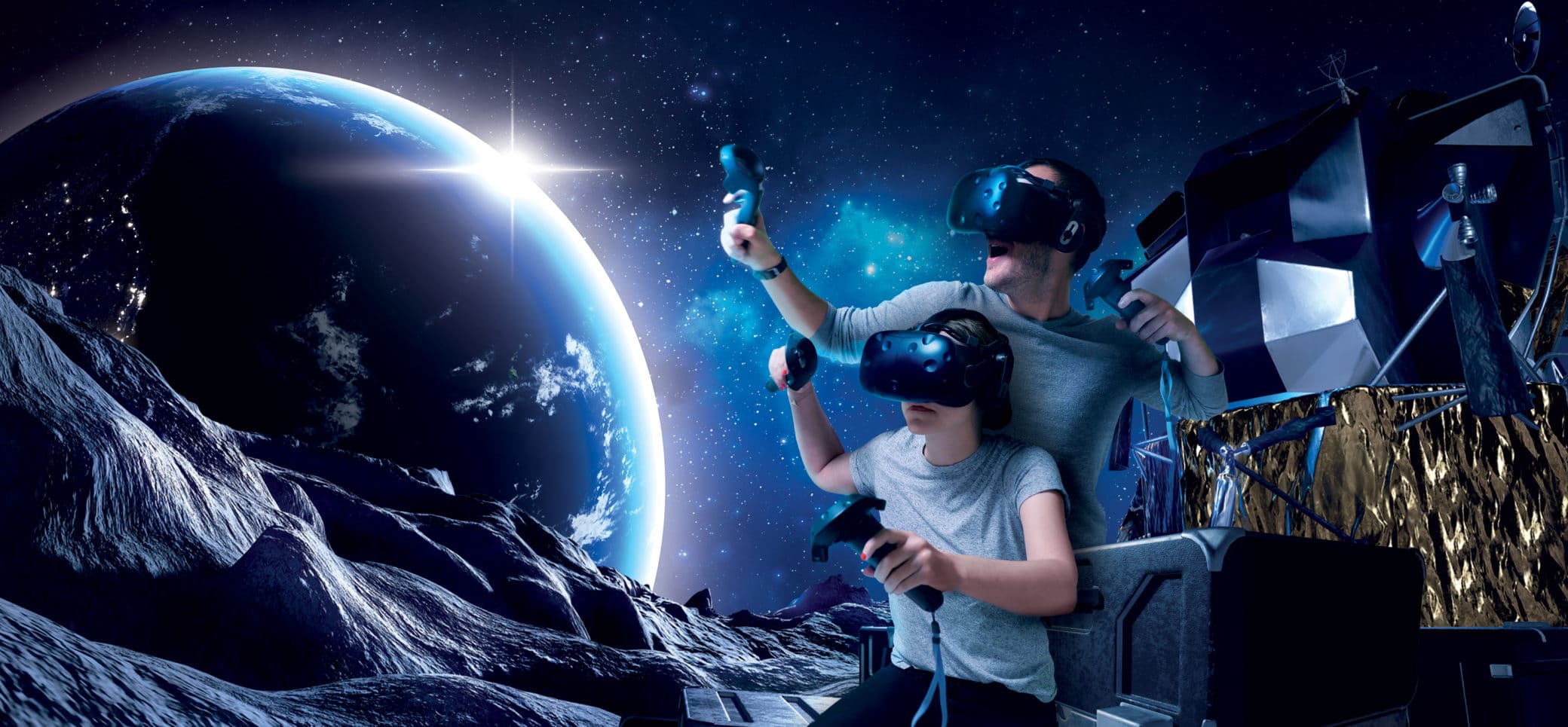

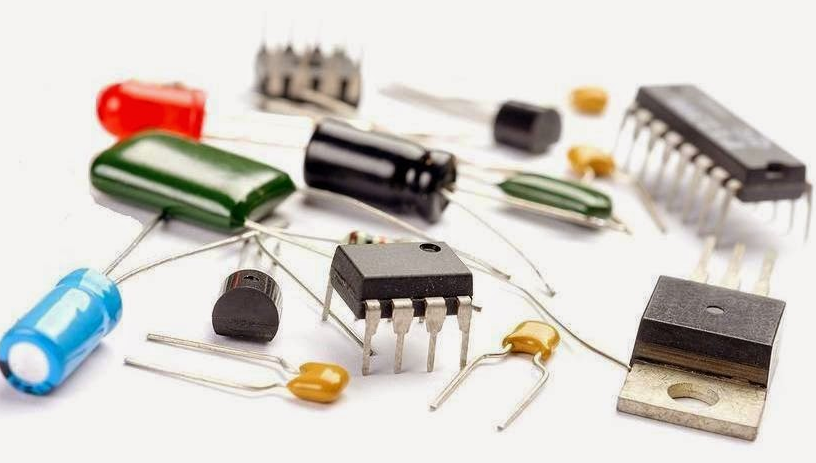
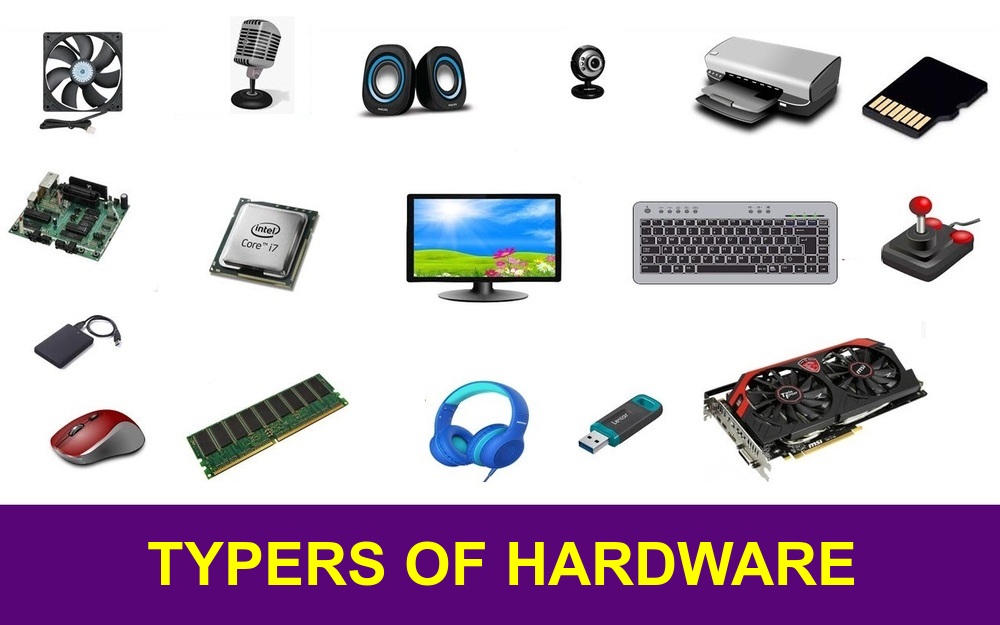


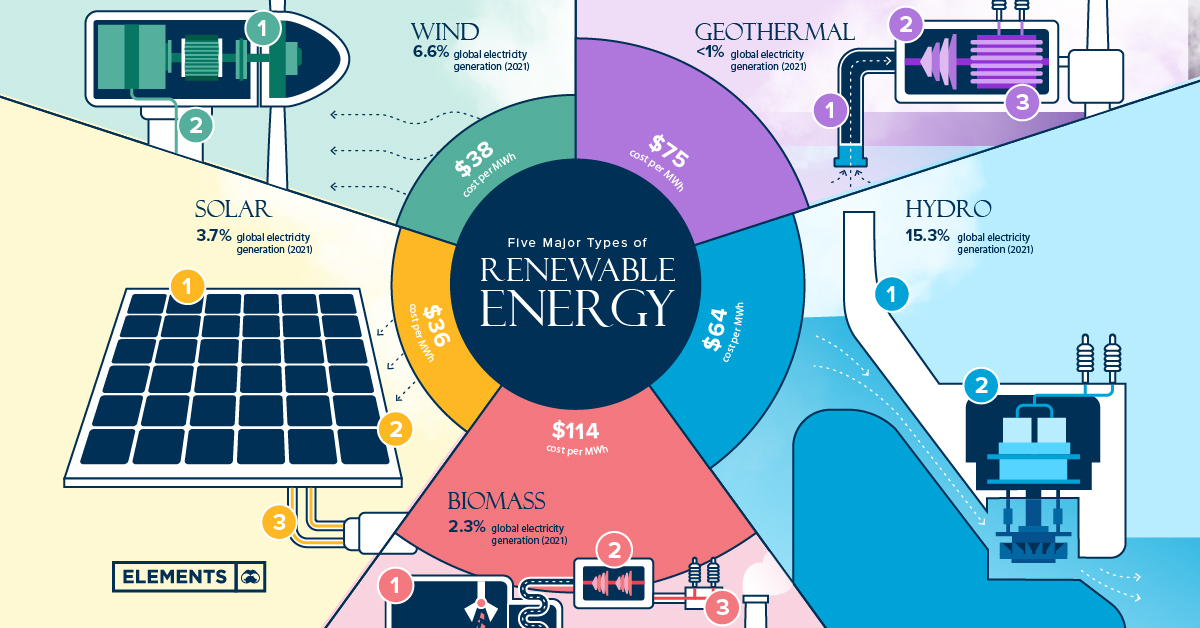


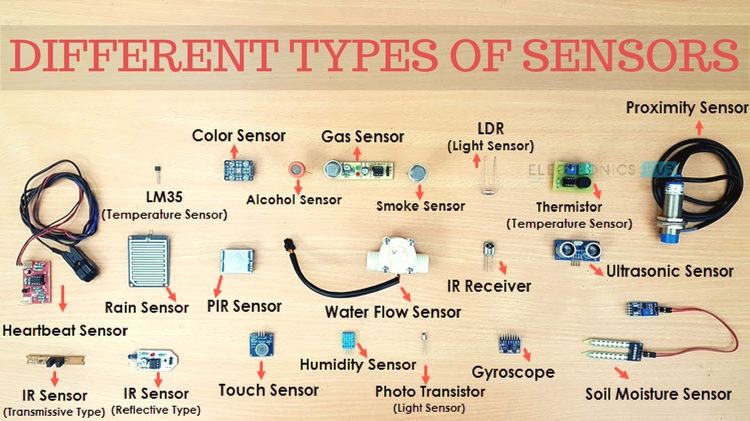
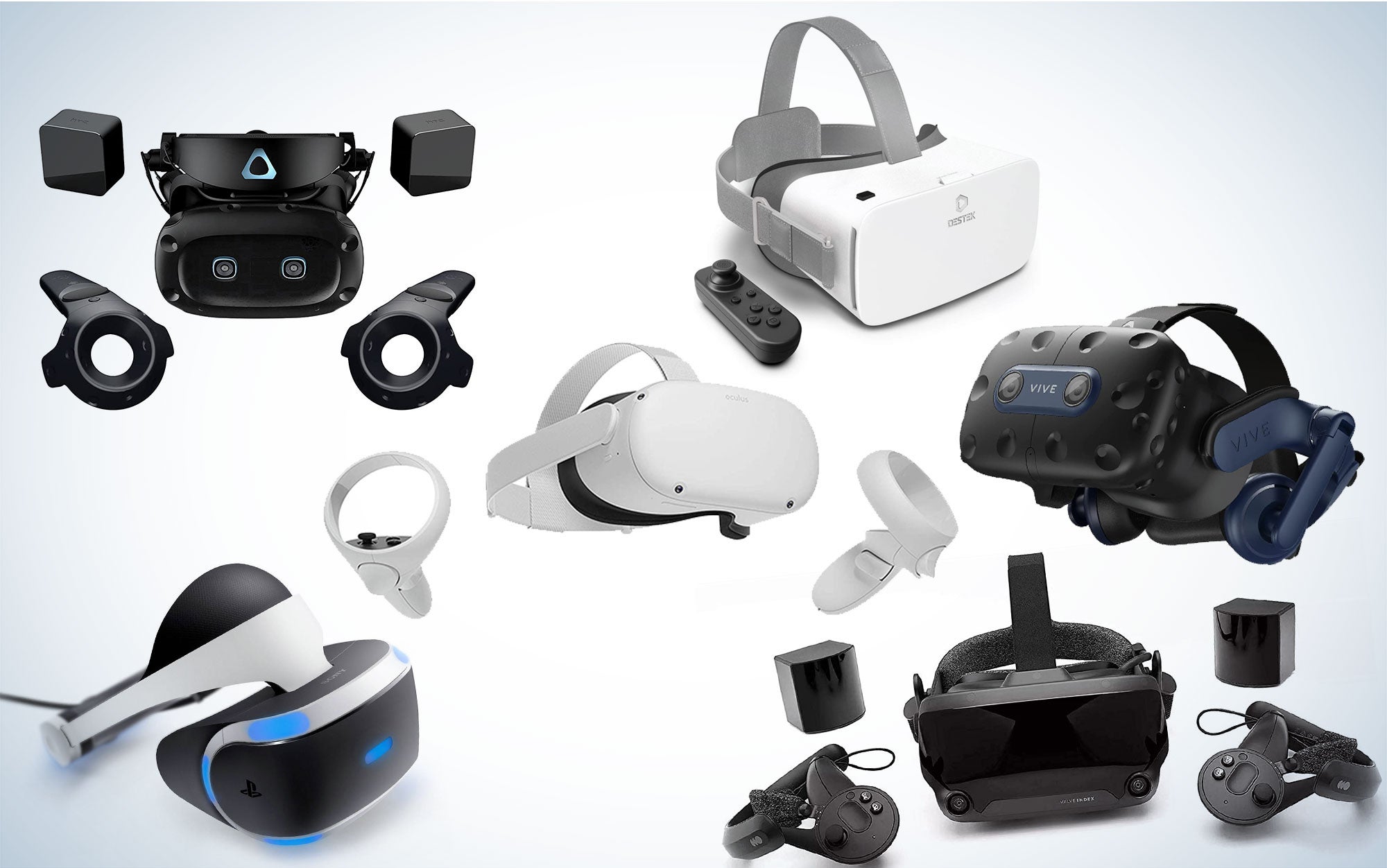

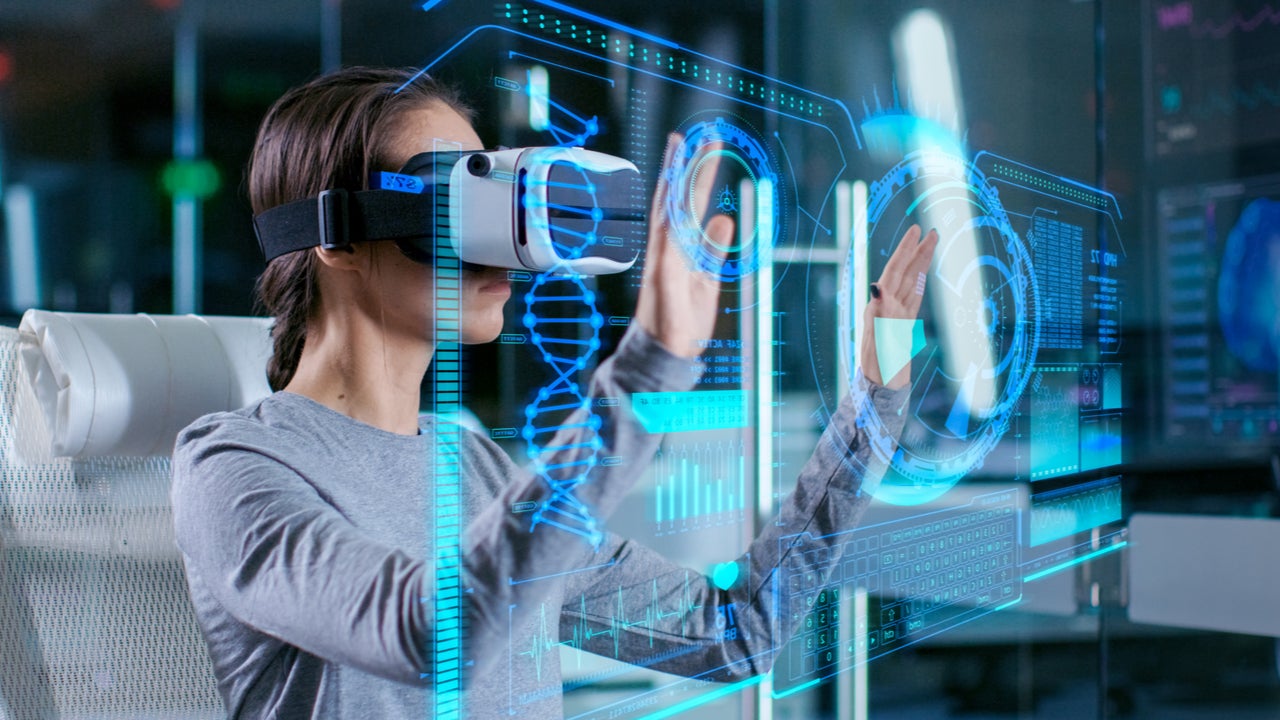

Comments